The old guys were right, again.
- Zico
- Feb 4, 2019
- 1 min read


I have been frustrated with the low numbers of organisms in my samples. I have read for decades about how people a long time ago (like in the 19th C) used "hay infusions" to make their cultures grow. I dismissed this as 'old fashion', and, therefore, not worth the trouble. But, I finally decided to give it a try. I brought a liter of pond water (not tap water) to a boil and added (as directed) a "proper handful" (now there's a WASP unit of measure) of hay (from the bale in my daughter's driveway) and continued to let the suspension boil for four minutes. After cooling, I decanted the 'infusion". I collected about 100 ml of water, with green material scrapped from the side, from the birdbath and poured about 50 ml into each of two dissection bowls. To one I added 10 ml of infusion. The next day, the difference was obvious to the eye. The addition of the infusion increased the number of organisms immensely. The dominant organism is (in my estimation) haematococcus. This is a protist with two flagella. Apparently, the orange inclusions reminded someone of blood cells (hence the name). The inclusions contain astaxathin, a carotenoid. This is produced commercial from these organism to use as a nutritional supplement/anti-oxidant. All of the images and videos were taken using my Zeiss Axioscope A1 and an AmScope MU633-FL camera and employing Dark Field illumination. Of course, with an increased number of flagellates, comes an increase in the number of rotifers feeding off of the flagellates.
